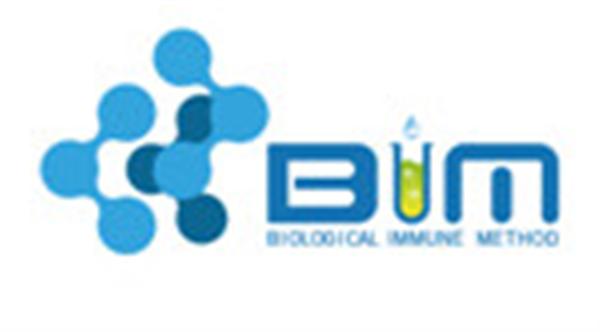ELISA kit experiments are widely used due to their high sensitivity and strong specificity. However, every step in the process can significantly impact the final results. If not handled carefully, issues such as incomplete color development or uneven plate appearance may occur. Our company has analyzed common problems that arise during each stage of the experiment and provided practical solutions. This guide aims to help researchers improve the accuracy and reliability of their ELISA tests.
1. Selecting Reagents
It is crucial to use high-quality reagents and follow the manufacturer’s instructions carefully. Before starting, allow the reagents to reach room temperature for 30–60 minutes. This helps ensure optimal performance and reduces variability in results.
2. Sample Loading
Possible Causes:
- Improper separation of serum or plasma before loading.
- Manual operation causing delays in incubation, especially in warm environments.
- Enzyme reagent spills from the wells during addition.
Solutions:
- For serum: Let blood clot naturally for 1–2 hours, then centrifuge at 3000 rpm for 15 minutes. For plasma: Use anticoagulant tubes and invert them 5–10 times after collection. Centrifuge at 3000 rpm for 15 minutes. Store at 2–8°C if testing within a few days; freeze at -20°C for long-term storage.
- Load samples quickly and place them in the incubator immediately.
- After adding enzyme reagent, gently blot the microplate with filter paper to remove excess liquid.
- Use automated systems like FAME or AT for more accurate sample handling.
- Process samples in batches when dealing with large volumes.
3. Incubation
Possible Causes:
- Failure to cover the plate during incubation, leading to evaporation and residue buildup.
- Extended incubation time causing non-specific binding and difficulty in cleaning.
Solution:
- Always cover the plate with a lid or film during incubation.
- Strictly adhere to the recommended incubation time in the protocol.
4. Washing the Plate
Possible Causes:
- Manual washing causing cross-contamination between wells.
- Inadequate washing volume or clogged nozzles in semi-automatic washers.
- Long waiting times when washing multiple plates.
Solutions:
- Ensure sufficient washing buffer fills each well and check that nozzles are unblocked.
- Pat dry the plate on absorbent paper after washing, using clean and dust-free material.
- Plan the workflow efficiently or use additional washers for large-scale operations.
5. Color Development
Possible Causes:
- Using expired developer or leaving it unattended after preparation.
- Developer spilling over the edges of the wells during addition.
Solutions:
- Prepare the developer just before use and avoid using it past its expiration date.
- Handle TMB solution with care—avoid direct exposure to light and keep it away from metal tools.
- Ensure even distribution of the developer across all wells without overflow.
6. Stopping the Reaction
Bubbles introduced when adding the stop solution can lead to false positives. To prevent this, add the stop solution slowly and avoid vigorous mixing.
7. Reading the Plate
Before reading, make sure the plate is clean and free of contaminants. Avoid contact with hypochlorous acid throughout the process. Automating the detection process improves consistency and accuracy.
In real-world applications, attention to detail is key. Alongside quality reagents, strict adherence to protocols, internal quality control, and inter-laboratory assessments are essential for reliable results. Many laboratories in China now use automated microplate readers, which greatly enhance the standardization and quality of ELISA testing.

We hope these insights help you achieve better outcomes in your ELISA experiments. Remember, precision and thoroughness are vital in every step of the process.
This content is derived from the advanced enzyme-linked immunosorbent technology developed by Shanghai Jinma Experimental Equipment Co., Ltd. Combining the expertise of domestic and international professionals, we apply cutting-edge technology and equipment to ensure high-quality products while keeping costs low. Our goal is to support researchers in saving experimental funds and ensuring reliable results, contributing to the advancement of science and technology in China.
Elisa Kit Production, R&D, and Support for Your Research!
Explore more developments in science and technology. Partnering with numerous bio-research bases, our dedicated team focuses on creating innovative solutions for your research needs.
Elisa Kit
Handheld Computer,Mobile Computers ,Nfc Terminal Pda, Rugged Android Pda
Guangzhou Winson Information Technology Co., Ltd. , https://www.barcodescanner-2d.com